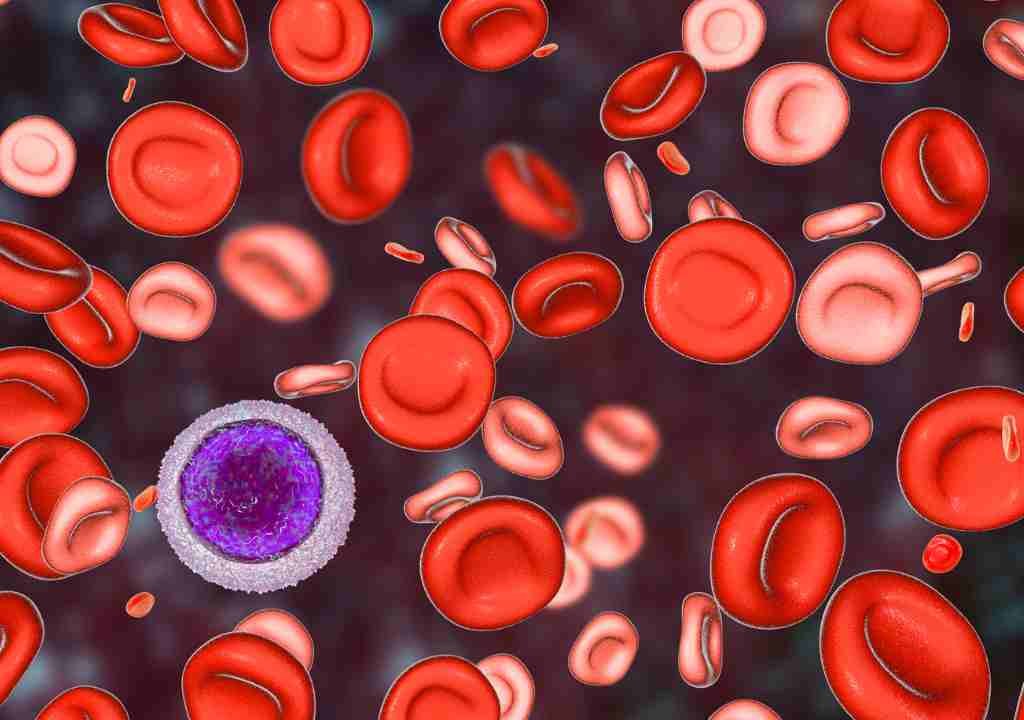Hey, everyone! Welcome to today’s enlightening article on dermatology and iron deficiency symptoms. We’ll be delving into the ten subtle signs of low iron levels. Chronic low iron levels can lead to iron deficiency anemia, and they may have potential implications for anemia and heart failure. If you’re new here, welcome to Mybreezylife! Today, we will refer to a video by Dr. Andrea of Dr Dray, a board-certified dermatologist. Join me as we unravel how the skin, hair, and nails can provide crucial clues to the iron deficiency symptoms—a pervasive nutritional concern worldwide, often culminating in iron deficiency anemia.
Why Iron is Important for our Body:
Table of Contents
Iron, a vital mineral found naturally in our diet and added to foods, plays a pivotal role in our well-being. Essential for hemoglobin and myoglobin, iron facilitates oxygen transport, supports muscle function, aids in immune system health, and contributes to the functioning of various enzymes throughout the body.
Causes of Iron Deficiency:
Iron deficiency can arise from increased demand, heightened loss, or decreased intake/absorption. Increased demand occurs during growth phases, such as adolescence or pregnancy, while loss can result from childbirth, menstruation, bleeding ulcers, or regular blood donation. Decreased intake or poor absorption may be linked to certain diets, inflammatory bowel diseases, surgeries, or specific medications.
The Impact of Iron Deficiency:
When the body lacks iron, individuals may experience lethargy, poor exercise tolerance, and cravings for non-food items, known as pica. This condition can manifest as geophagia (eating dirt) or pagophagia (consuming ice chips). Iron deficiency can lead to developmental delays and poor growth in children and cognitive dysfunction in adults.
Moreover, chronic low iron levels pose additional concerns, potentially impacting the cardiovascular system. Research suggests a link between anemia and heart failure, indicating that persistent low iron levels may contribute to cardiovascular complications, including heart failure.
You May Also Like to Read: Unlocking the Benefits: Prenatal Vitamins Good for You
Skin, Hair, and Nail – 10 Signs of Low Iron Levels:

1. Pallor: Reduced Oxygen-Carrying Capacity in the Blood
Pallor, characterized by paleness in the skin, especially evident in the palms and mucosal membranes, serves as a visible indicator of diminished oxygen-carrying capacity in the blood. The underlying cause lies in the pivotal role of iron in hemoglobin synthesis, where insufficient levels can result in reduced oxygen transport, leading to a discernible pallor in the skin.
2. Dark Circles: Potential Improvement with Restored Iron Levels
Although not exclusively linked to iron deficiency, dark circles under the eyes may experience improvement when iron levels are restored. The rationale behind this lies in the relationship between iron levels and blood circulation. Addressing iron deficiency can potentially enhance overall circulation, lessening the prominence of dark circles.
3. Angular Cheilitis: Painful Cracks and Epithelial Breakdown
Angular cheilitis, characterized by painful cracks at the corners of the mouth, is associated with the breakdown of epithelial cells and heightened susceptibility to Candida yeast. The connection to iron deficiency arises from the essential role of iron in maintaining epithelial cell health. Insufficient iron levels may compromise the integrity of these cells, leaving the mouth corners vulnerable to Candida overgrowth.
4. Atrophic Glossitis: Bright Red, Shiny Tongue and Taste Bud Loss
Atrophic glossitis manifests as a bright red, shiny, and painful tongue, indicative of taste bud loss due to iron deficiency. Iron’s significance in the differentiation of epithelial cells, including taste buds, becomes evident as deficient levels lead to atrophy, resulting in a smooth and painful tongue.
5. Itch: Generalized or Localized Vulnerability with Possible Cancer Link
Itching, whether generalized or localized, especially around genital and anal areas, may be associated with iron deficiency and could signal an underlying cancer. While the precise connection remains unclear, individuals with iron deficiency may exhibit heightened vulnerability to various microorganisms, emphasizing the need for further investigation.
6. Dry Skin: Impaired Oxygen Delivery and Enzyme Function
Extreme dryness of the skin is a consequence of impaired oxygen delivery and enzyme function, rendering the skin more susceptible to water loss and itch. Iron’s crucial role in enzyme function becomes apparent as deficiencies compromise the skin’s barrier function, leading to increased dryness and susceptibility to itch.
7. Koilonychia (Spoon Nails): Thin, Spoon-Shaped Nails and Brittleness
Koilonychia involves thin, spoon-shaped nails potentially signaling iron deficiency, accompanied by increased nail brittleness. The connection lies in iron’s importance for enzymes involved in cellular division, including those responsible for optimal nail growth. Low iron levels contribute to brittle, spoon-shaped nails.
8. Skin Infections: Compromised Immune Function and Weakened Barrier
Individuals with iron deficiency may have a predisposition to bacterial and fungal skin infections due to compromised immune system function and a weakened skin barrier. Iron’s vital role in immune system function becomes evident, with deficiencies diminishing the body’s ability to ward off infections, thereby increasing the risk of various skin infections.
9. Dry, Brittle Hair: Poor Nutrient and Oxygen Delivery to Follicles
Hair becomes dry and brittle in the presence of iron deficiency due to inadequate nutrient and oxygen delivery to the hair follicles. Iron’s impact on the health of hair follicles is crucial, and insufficient levels can result in dry, brittle hair prone to breakage.
10. Hair Loss due to Iron Deficiency: Disrupted Cell Division in the Hair Matrix
Hair loss, a common manifestation in individuals with iron deficiency, is likely due to disrupted cell division in the hair matrix. The hair matrix, responsible for rapid cell division, relies on sufficient iron levels for optimal function. Iron deficiency can disrupt this process, leading to increased hair shedding and the development of telogen effluvium.
Understanding these ten signs of low iron levels provides valuable insights into how this widespread nutritional concern affects our skin, hair, and nails, contributing to the development of iron deficiency anemia icd10. If you found this information helpful, consider exploring Mybreezylife. Don’t forget to like and share for more insights into how different nutritional deficiencies impact our overall health.
For those seeking additional medical coding information, the ICD-10 code for iron deficiency anemia is D50.9.



